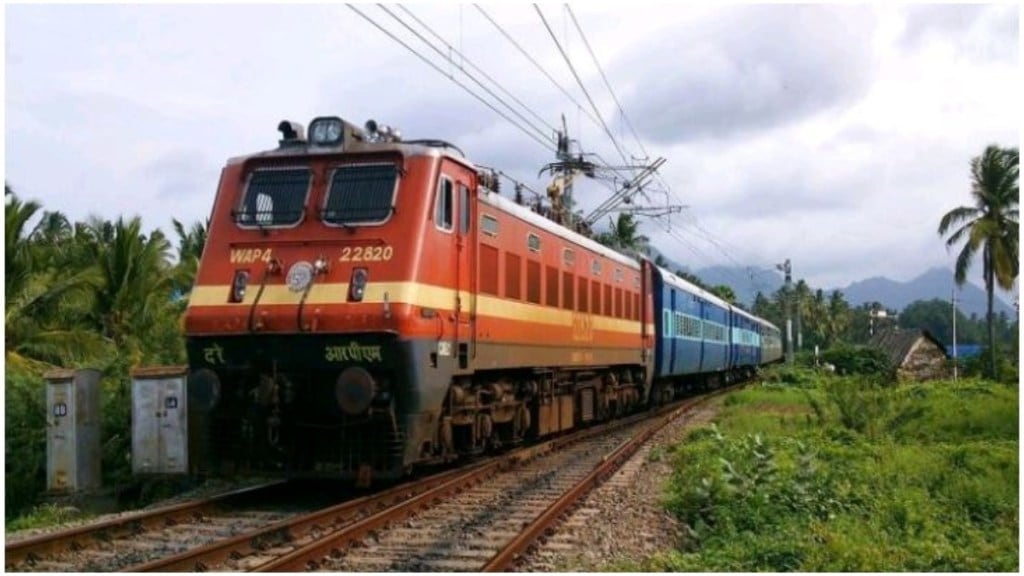The Northeast Frontier Railway (NFR) is on the verge of revolutionizing train driver safety with its cutting-edge Railway Driver Assistance System (RDAS). This AI-based device is designed to monitor train drivers’ alertness levels by tracking blinking of their eyes. In this explainer, we delve into the details of RDAS and its potential to enhance safety on the rails.
RDAS: A Game-Changer for Train Safety
RDAS, short for Railway Driver Assistance System, is a pioneering technology developed by NFR in response to a directive from the Railway Board. Its primary objective is to ensure the vigilance of train drivers during their journeys. RDAS stands out for its ability to read the drivers’ blinking eyes and respond swiftly to any signs of drowsiness or inattention.
Key Features of AI Driver Safety System
Blink Detection: RDAS will employ advanced artificial intelligence algorithms to monitor train drivers’ eye movements and detect abnormal blinking patterns.
Alert System: When RDAS detects signs of drowsiness or decreased alertness, it will activate an audible alert to notify the driver.
Emergency Braking: In critical situations where a driver’s alertness wanes for an extended period, RDAS will take decisive action by applying the train’s emergency brakes.
Integration with Vigilance Control Device: RDAS will seamlessly be integrated with a vigilance control device, ensuring a rapid response to mitigate potential risks.
Development Progress: As of now, RDAS is in the development phase, with rigorous testing and refinement ongoing. The dedicated technical team at NFR is working diligently to ensure the system’s flawless operation. It is anticipated that RDAS will be ready for implementation in just a few weeks, pending successful trials.
RDAS: Pilot Project Implementation
The Railway Board has shown its commitment to enhancing train safety by instructing NFR to expedite the in-house development of RDAS. Once the system is deemed ready, it will be deployed as a pilot project in 20 goods train engines (WAG9) and passenger train engines (WAP7). This pilot project aims to demonstrate the effectiveness of RDAS in real-world scenarios.
Feedback and Improvements
All railway zones have been encouraged to provide feedback on RDAS’s performance after its implementation. This feedback will be instrumental in making any necessary improvements to the system, ensuring its optimal functionality.
Counterpoint: Alternative Safety Measures
While RDAS promises to usher in a new era of train driver safety, the Indian Railway Loco Runningmen Organisation (IRLRO) presents a different viewpoint. According to the IRLRO’s working president, Sanjay Pandhi, existing safety mechanisms are already in place for high-speed trains. Pandhi argues that existing safety measures, such as a foot-operated lever (pedal) that drivers must engage every 60 seconds, effectively maintain driver alertness. This mechanism automatically applies emergency brakes if the driver fails to do so.
Addressing Broader Concerns
The IRLRO believes that to ensure train driver safety comprehensively, it’s vital to address other critical factors like driver fatigue, working hours, and rest periods. Often, train drivers, including women, endure over 11-hour shifts without breaks for meals or restroom visits. Pandhi suggests that resolving these issues should take precedence over implementing RDAS.
In summary, RDAS represents a significant stride toward enhancing train driver safety through AI technology. While some question its necessity, the potential to prevent accidents and save lives makes RDAS a noteworthy development in the realm of railway safety. Its success as a pilot project and feedback from railway zones will play a pivotal role in shaping its future within the Indian railway system.
(With PTI Inputs)
